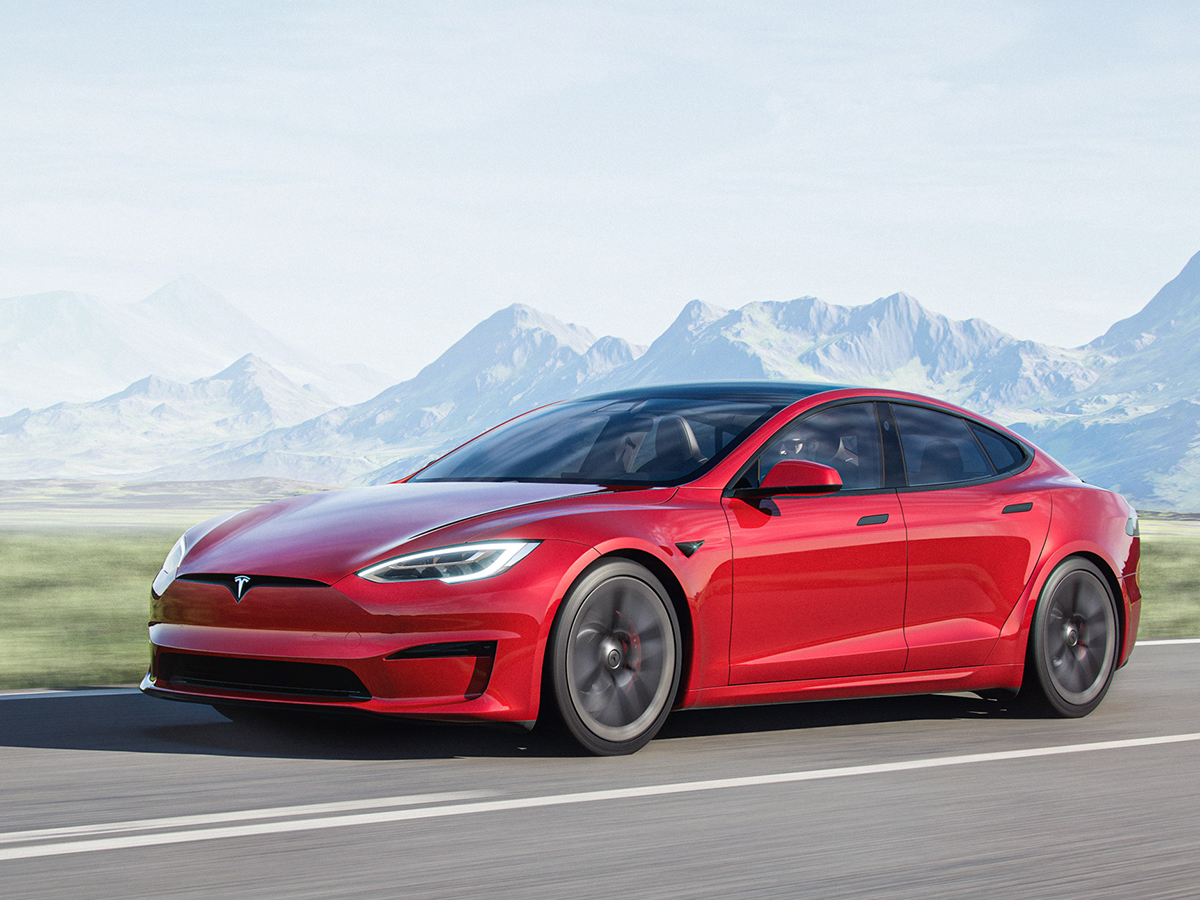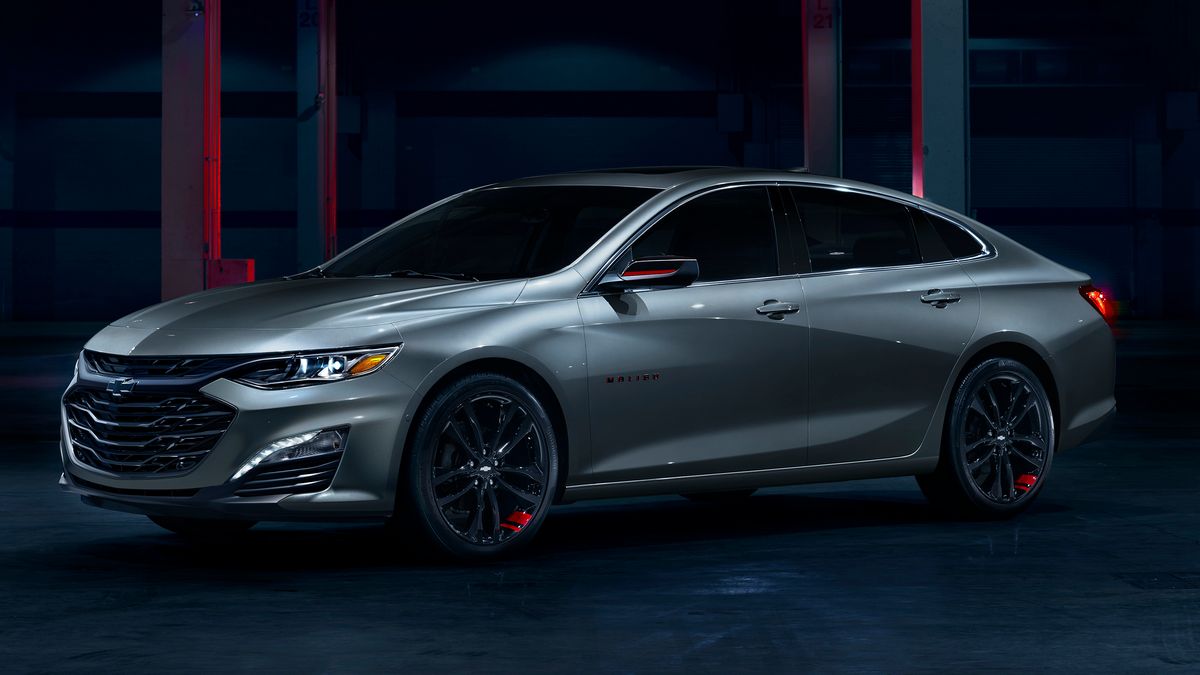
Private Seller vs. Dealer When Buying a Used Car
Should you buy your next used car from a private seller or a dealer? We outline the pros and cons of both options.

Should you buy your next used car from a private seller or a dealer? We outline the pros and cons of both options.

Need a new truck? We’ve got you covered, putting together the list of the 15 more affordable trucks on the market this year.

Explore the features of the three most popular cab types and bed lengths, along with common marketing names automakers use for the configurations.

Find out what the used car market and tariffs have in store, plus the pros and cons of buying now. We’ll provide details on what to know.

A used Mazda MX-5 Miata delivers hours of open-air driving pleasure in a reliable, small convertible that’s easy to maintain.

Get to know all about Ludicrous Mode and Ludicrous Plus Mode on Tesla Model S or Model X. Learn how it works and where the reference comes from.

Electrified vehicles are growing in popularity, but which one is the right choice for your needs and lifestyle?

A used Ioniq 5 delivers on many fronts. From its impressive range and charging times, we tell you the best years when buying used.

A used Chevrolet Malibu offers room for the whole family and, depending on the year, good fuel economy, safety, and resale value, too.

A used Tesla Model Y offers exceptional range and speed, with over-the-air updates that can help make older models feel new.